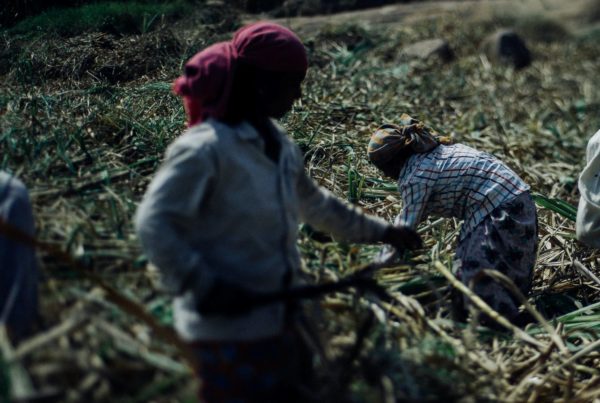Abstract
Out-of-pocket (OOP) expenditures on health remain high in many low- and middle-income countries despite policy efforts aiming to reduce these health costs by targeting their hotspots. Hotspot targeting remains inadequate, particularly where the OOP expenditures are related across geographic regions due to unequal demand, supply and prices of healthcare services. In this paper, we investigate the existence of geographical correlations in OOP health expenditures by employing a spatial Durbin model on data from 778 clusters obtained from the 2016 Malawi’s Integrated Household Survey. Results reveal that Malawian communities face geographical spillovers of OOP health expenditures. Furthermore, we find that factors including household size, education and geographical location are important drivers of the OOP health expenditure’s spatial dependency. The paper calls for policy in low-income countries to improve the quality and quantity of healthcare services in both OOP hotspots and their neighbouring communities.
Keywords: Healthcare, health financing, spatial analysis, determinants, geography
https://doi.org/10.1093/heapol/czab090
Mwale, M.L., Mchenga, M. and Chirwa, G.C., 2021. A spatial analysis of out-of-pocket payments for healthcare in Malawi. Health Policy and Planning.
DOWNLOAD PDF





